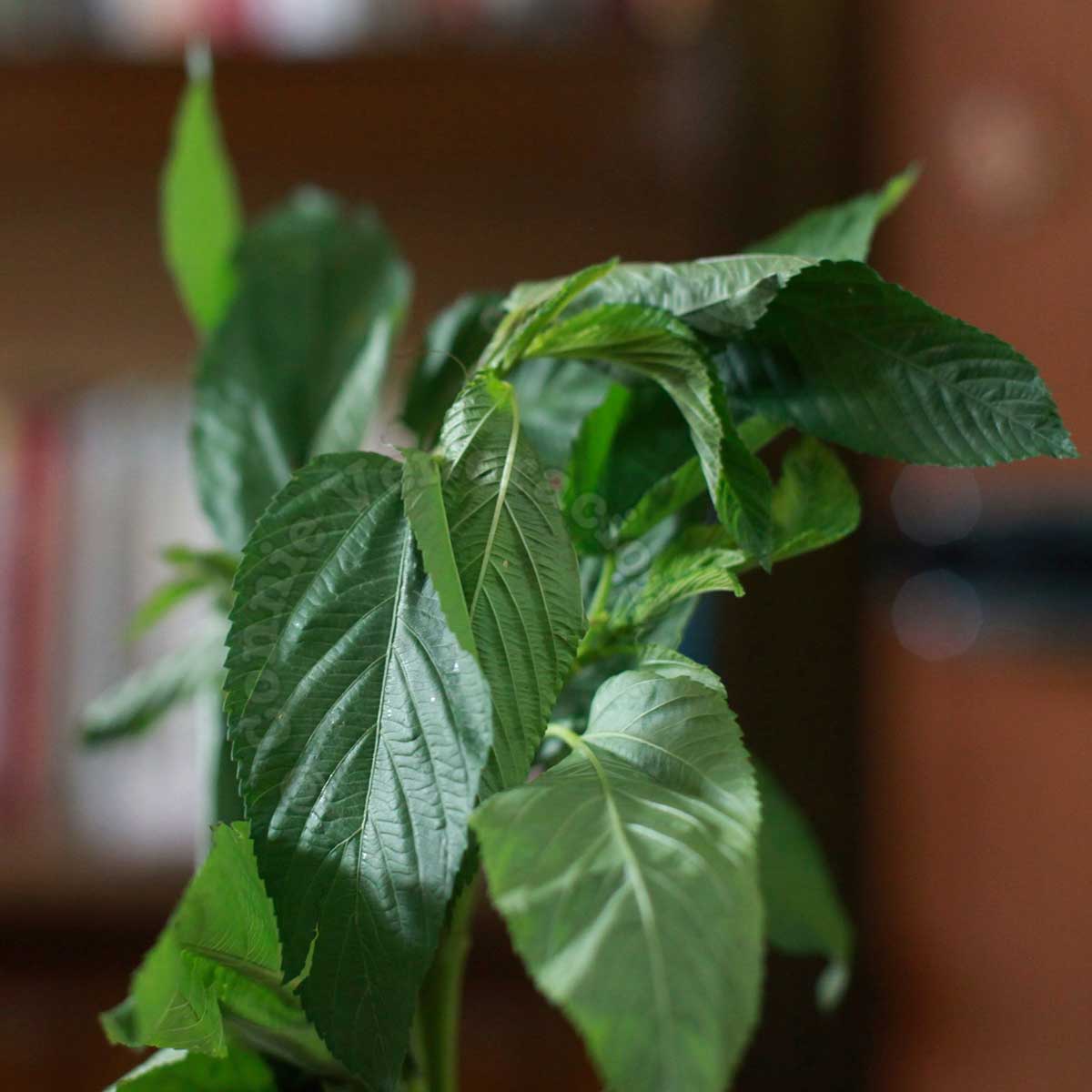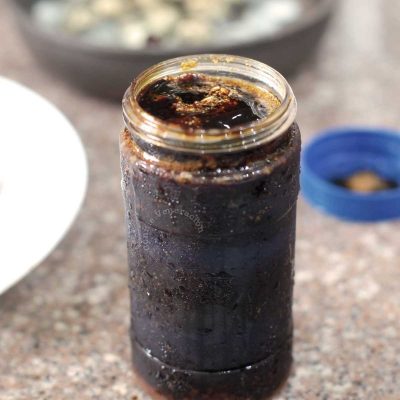The first time I heard of saluyot was from one of the office secretaries (long ago when I was still working in an office). I overheard a group talking about what they had in their packed lunch boxes, one mentioned saluyot, I stopped, looked at her questioningly and she asked amusedly if I hadn’t heard of saluyot.
A vegetable, she said, that’s very inexpensive. I asked her what it tasted like but she described the texture instead. Slimy, she said.
It doesn’t have the prettiest name in the world. Even from the auditory standards of a native Filipino speaker like me, saluyot conjures images of something dark and musty and… Okay, maybe, I’m biased because saluyot sounds similar to kuyukot and I can’t shake off the association, even if only imaginary.
Much, much later, my husband, Speedy, and I were at the grocery, I found bags of saluyot and I debated whether or not to try it. We’ve been trying to add variety to our vegetable dishes and, honestly, I was running out of ideas. Why not saluyot? I’m okay with slimy vegetables — I love okra, don’t I? I showed the bag of saluyot to Speedy, I said we should try a small bag and, if we don’t like it, we don’t have to buy another bag again.
What is saluyot?
Saluyot refers to the leaves of the Corchorus plant, often known as jute because the fibers are spun into strong threads and ropes. The fiber is now also used for making clothes.
The edible part of the plant is the leaves. They are slimy and they can turn bitter especially if overcooked. Known in Egypt as mulukhiyah (or is it moloukia?), the leaves of the Corchorus has long formed part of the diet of many African and Middle Eastern countries.
The Cleopatra angle
The recent popularity of saluyot has to do with how the leaves are marketed for their alleged anti-aging properties. Cleopatra, probably one of the most vain women in history, supposedly ate a lot of saluyot during her lifetime. But saluyot isn’t just for the vain — the leaves have a medicinal use apart from being a good source of daily vitamins and minerals.
What does saluyot taste like?
So, the saluyot leaves are slimy and a bit bitter. Not ampalaya-bitter but more like chili leaves. If you can eat chili leaves in your tinola, you can eat saluyot. Do they have a positive side? Well, they don’t taste bad, to begin with. The sliminess may take a little getting used to just like learning to develop an affinity with okra. And once you acquire the taste for it and start consuming it regularly, the health benefits really far outweigh the sliminess and subtle bitterness.




